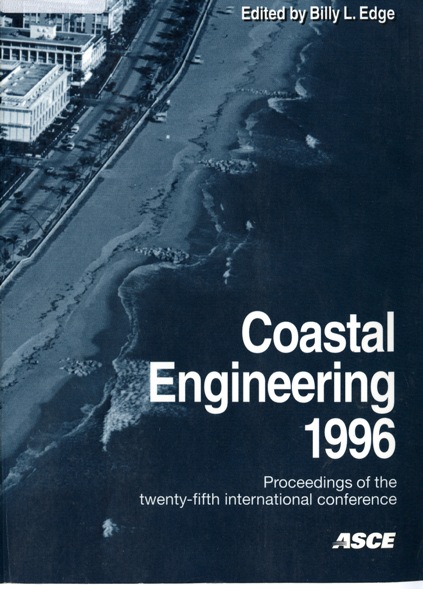Abstract
A methodology that evaluates the influence of depth on the rate of onshore migration of sand placed in the nearshore is presented. The results appear appropriate for the Atlantic and Gulf coasts of the United States. Migration rate is found to be extremely dependent, to the 4th or Sth power, on the water depth. This implies that doubling the rate of migration requires placement in only about 15% less depth. It is argued that accounting for the net shoreward bottom stress due to the velocity asymmetry under finite-amplitude waves is the appropriate way to model the fate of nearshore placed sands.
Authors retain copyright and grant the Proceedings right of first publication with the work simultaneously licensed under a Creative Commons Attribution License that allows others to share the work with an acknowledgement of the work's authorship and initial publication in this Proceedings.

